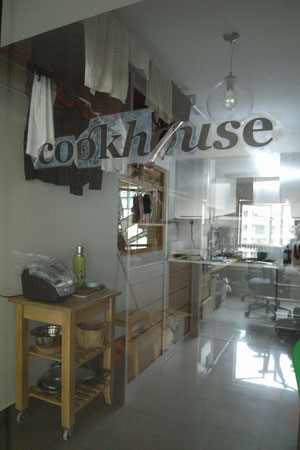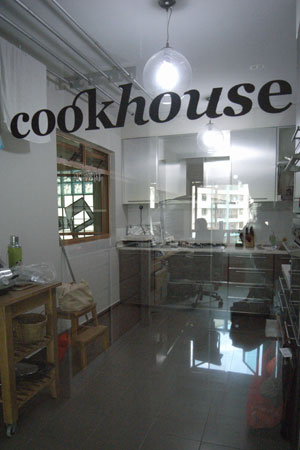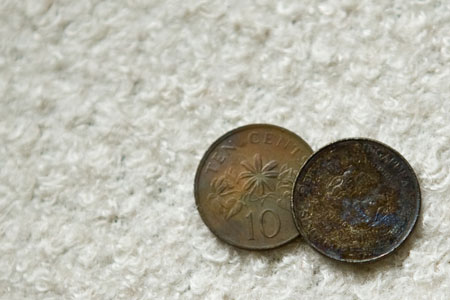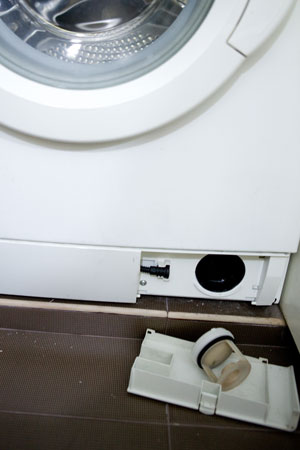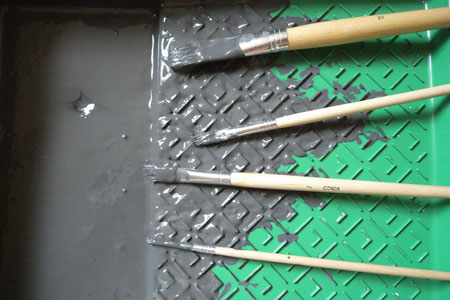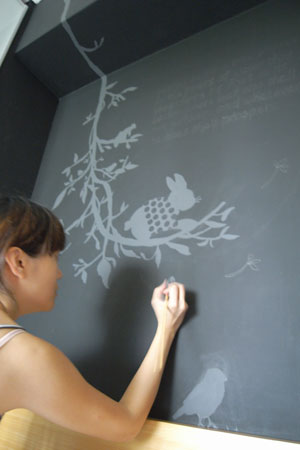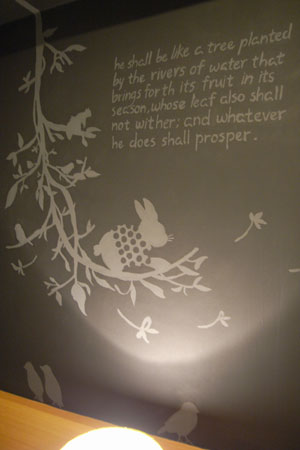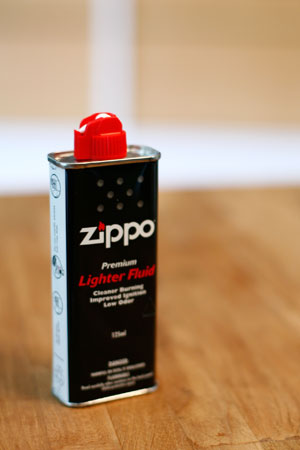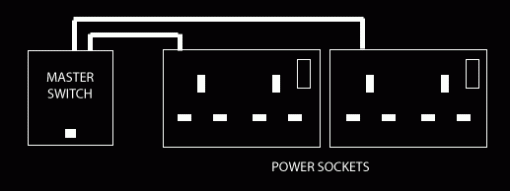DIY Vinyl Stickers
We tried painting on our glass panels but they turned out horribly… so finally, we decided to just print out vinyl stickers and apply them directly onto the glass panels.
Simple steps:
- Design your own logos/wordings at the ACTUAL SIZE (word of caution: printer might charge more for complex designs + you will hang yourself in the attempt to apply the stickers…)
- Get them printed – you basically choose a vinyl colour and they will diecut your design, I reckon… we got them done at MISTERPRINT @ Bras Basah, #02-91, just next to the elevator, look out for Ultraman. We paid $25 for an A3 size sheet. Printing will take around 1-2 days 🙂 We got the transparent background ones.
- Prep your glass panels, clean off any dirt/smudges etc
- Put some soapy water (just a tiny bit of soap in water, not too much) on the area where u are going to apply the vinyl stickers.
- Note the position to stick (if need be, using masking tape, erasable markers to indicate)
- Carefully unpeel the stickers from their backing and slowly apply the stickers from one end to the other, even-ing out the air bubbles as your stick. IMPT: If you make a mistake, dun yank the stickers, they will go out of shape! Slowly peel them back and reapply!
- Leave the vinyl to dry
- Remove the backing layer, and VOILA! 🙂

